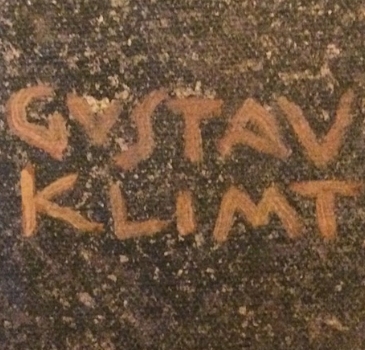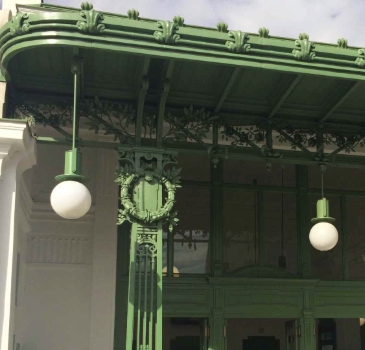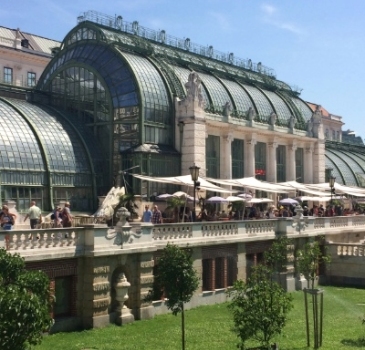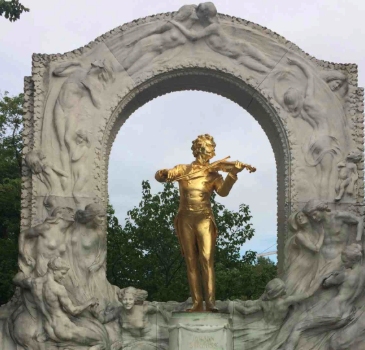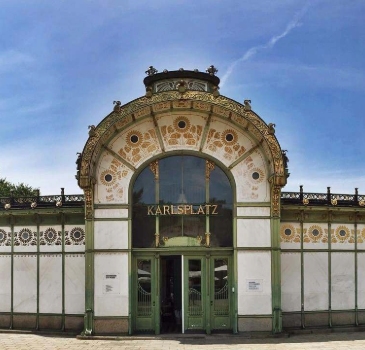Secession is the name for Art Nouveau in Hungary, Czech Republic, Austria and all the areas that until 1914 belonged to the Austro-Hungarian Empire.
In Vienna, the Art Nouveau (Secession) movement was a radical artistic and intellectual revolt against the rigid, conservative academic styles of the Austro-Hungarian establishment. It represented the dawn of Modernism, seeking to infuse beauty into everyday objects and architecture.
The movement was founded by progressive artists and architects—including Gustav Klimt, Otto Wagner, and Josef Hoffmann—who broke away from the official Association of Austrian Artists. Far from being rejected by the entire bourgeoisie, the Secession quickly gained support from a wealthy, progressive, and liberal segment of Viennese society, providing a platform for cultural renewal.
In the last quarter of the 19th century, Vienna was the vast capital of the Monarchy, growing rapidly with millions of inhabitants. Many new buildings and infrastructure projects were designed by architects who championed the modern style.
The foremost architect who defined the new Wiener Moderne style was Otto Wagner, known for merging functionality with aesthetics in massive public works like the Vienna Stadtbahn (City Railway). Other key architects of that time were Josef Hoffmann, who founded the Wiener Werkstätte, and Adolf Loos, whose minimalist approach directly influenced modern architecture.
The movement’s most famous landmark is the Secession Building, with its iconic golden dome and the frieze by Gustav Klimt, inscribed with the motto: “To every age its art, to every art its freedom”. For more information on Wien’s art nouveau, visit ht often, you won’t be disappointed.
Vienna city card is a good way to discover the city. Check it out.

